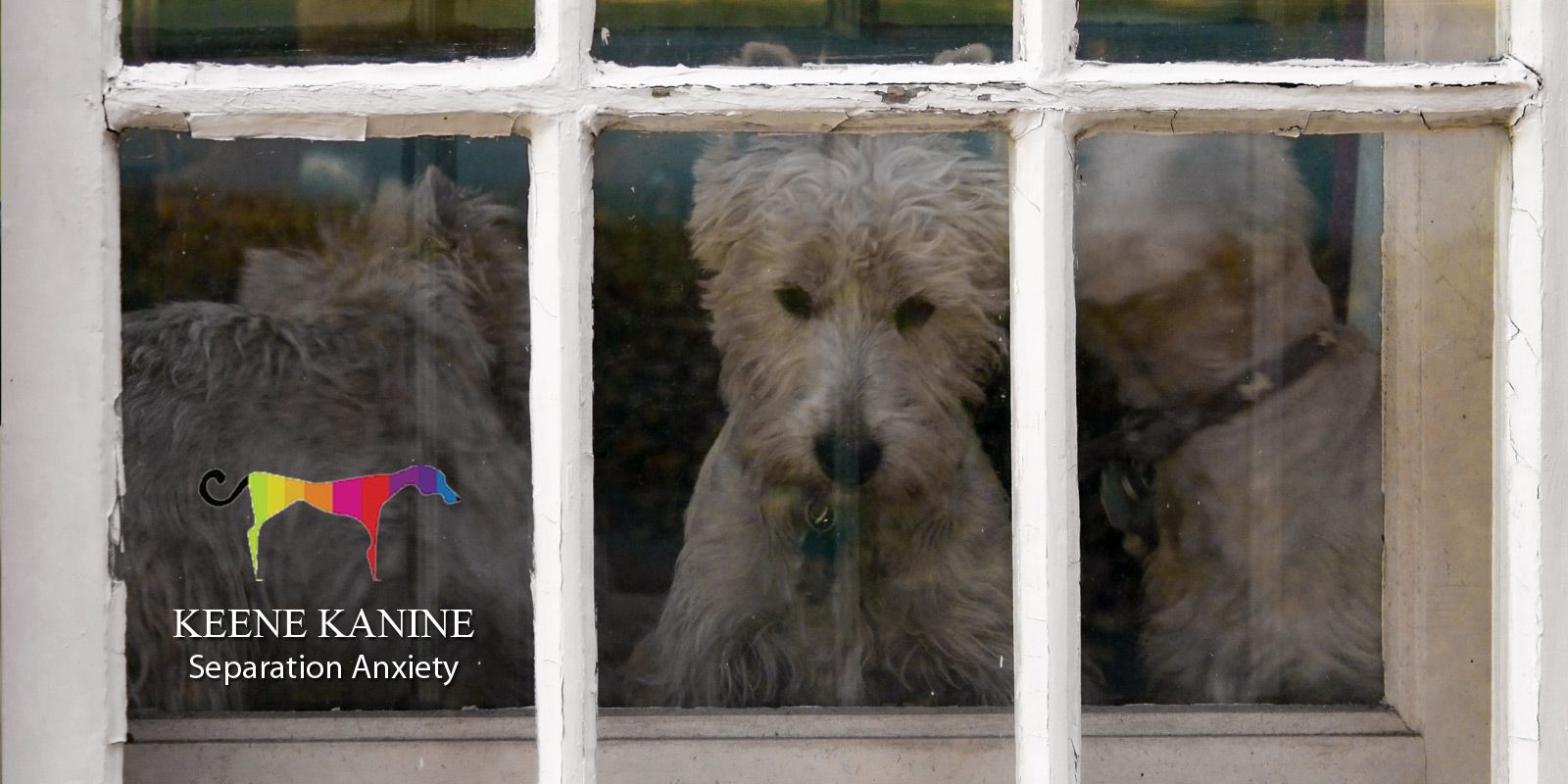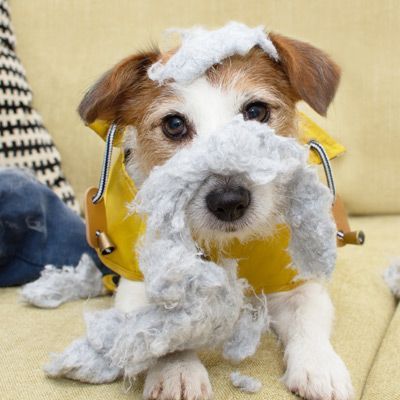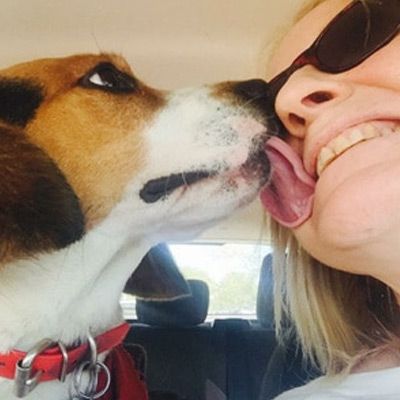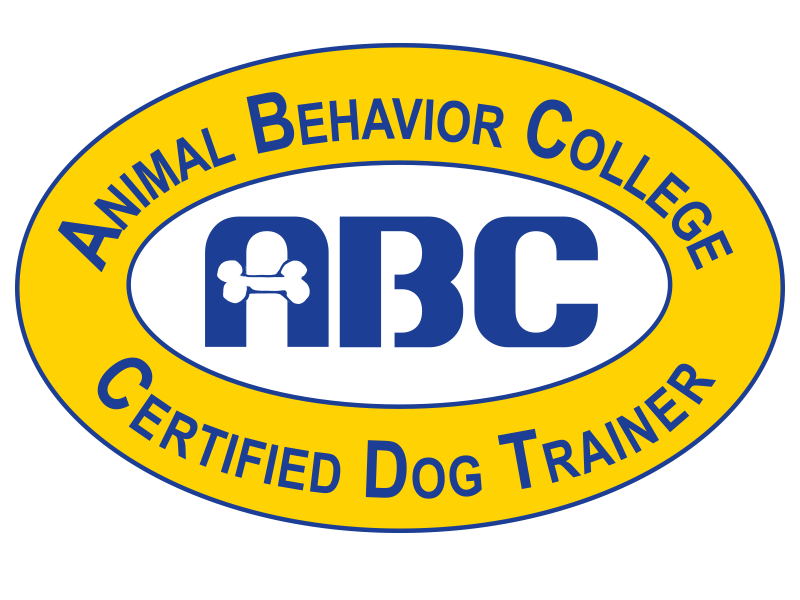Dog Separation Anxiety Training by Maureen Keene of Keene Kanine
Depending on their level of separation anxiety, they may or may not take food rewards for the counter conditioning, so we have to think this out and walk step-by-step through our progress to find our solutions.
-Maureen Keene, Separation Anxiety Training
Dog Separation Anxiety Trainer in Long Beach and Nassau County, NY
Separation anxiety is a common behavioral problem in dogs. It is characterized by excessive distress when the dog is separated from its owner or primary caregiver. Symptoms of separation anxiety can include:
- Whining, barking, or howling
- Destructive behavior, such as chewing or scratching
- Elimination accidents in the house
- Excessive salivation or panting
- Tremors or shaking
- Pacing or restlessness
- Self-mutilation
- Vomiting or diarrhea
- Loss of appetite
- Depression or lethargy
Separation anxiety can be caused by a variety of factors, including:
- Genetics: Some dogs are simply more prone to separation anxiety than others.
- Early experiences: If a dog has had negative experiences when left alone, such as being abandoned or neglected, it is more likely to develop separation anxiety.
- Life changes: Changes in the dog's environment, such as a new baby or a new job for the owner, can also trigger separation anxiety.
If you think your dog may have separation anxiety, it is important to seek professional help. With patience and consistency, most dogs with separation anxiety can be successfully treated.
I honestly think separation anxiety training is every trainer's nightmare, except mine, of course.
Why?
Because this condition requires patience and is something we will only be able to resolve after a while. Getting your dog through separation anxiety is a process, and it can be a long process. But because I work out of the box, I have solutions I have never even dreamed of until the moment strikes because that is how I approach my process. So separation anxiety is a condition that needs to be approached in that manner.
Every single situation is unique and different from others. That is why my personal approach to separation anxiety by First visiting your home and listening to your concerns and possibly seeing the behavior is critical to our solutions. Working as a full-time dog trainer, I see trends, similarities, and consistencies with most dog separation anxiety behaviors.
I can connect the dots more quickly than the dog owner who only sees one dog and one situation. A dog's separation anxiety takes on many forms and manifests in many ways. Often there is destruction in the home, and most often and frequently, potty accidents are exhibited with dog separation anxiety.
Sometimes dogs exhibit separation anxiety only when they are in a crate. This can become very challenging with house training and puppy situations. The dog may need to be crated for his safety, yet the separation anxiety creates a hazard while he is crated. They even make special crates for dogs that have separation anxiety issues in the crate. So, if there is a strong separation anxiety reaction, this type of crate is at least safer than the standard black metal crate purchased and seen most frequently.
So what do we do about separation anxiety?
We will first start doing some basic commands with the dog to establish communication and a little confidence in a dog who may be fearful and timid. This will help distract from the anxiety as we build skills and connections by commanding them.
Now what is it that they like? What can we use as an incentive for them? How can we counter-condition them to accept being away from us? Every dog is different, and every situation is different. My training works because I take baby steps weekly, etching towards our goals and continuously evaluating what is working and what is not working with our process together.
Perhaps you need to leave a puppy in the crate for a few hours, and he panics, yelps, and screams. You may live in an apartment where neighbors and landlords consider this unacceptable. Here's where I come in. I will show you how we will effectively make a positive connection for your dog in his crate so we can leave him there peacefully.
First, I will purchase wonderful items for him to chew on and engage in, not eating items. I am not feeding him in the crate or putting toys in there, either. I like to get that beating heart stuffed animal in the crate, and that's a cozy thing, even two of them would do! They are like a big fat pillow, making the crate cozy and comfy! These wonderful chew items that we are putting in the crate are:
- A large antler marrow cut
- An antelope horn or a white buffalo horn with meat juices rubbed on it
- A Kong with chicken stuffed in there that they cannot possibly access, but they can see it and smell it
- A marrow bone, possibly with peanut butter rubbed inside
I put all these in there at once to hit a grand slam. Now we put the puppy in the crate with all these wonderful items, and he seems to be engaged, and then we can take him out after about one minute, and he is very happy that he is not trapped there.
But his wonderful items are in there, so he must get back in, and now he's begging to get back in his dreaded crate. So we put him in, and all is well until we walk away one minute later - now he has noticed and is crying. We have many options that we can experiment with here. For example, we can make the negative sound and communicate to him that we do not want to hear the crying and put a very light bedroom sheet over him, and he may stop and settle in with his items.
Or we can take him out of the crate so that we do not overwhelm him with the feeling of being in there too long. We go with the flow and take it at his pace so that he feels that the crate is a great place. We only allow him to have his wonderful items when he is in the crate so that he craves getting back in there for those items, and we match those items in the crate up with our departure so that he can begin to look forward to our departure as he gets his wonderful items in his cozy, safe space.
Alternatively, we may have a dog who cannot be crated, and we must deal with the separation anxiety of a dog loose in the home, which we will handle differently. Again each situation is different, and sometimes certain dogs are better off being confined to a kitchen as opposed to the freedom of the whole house as that can be scary to a dog sometimes.
Some dogs want no confinement and will jump over anything to their peril, so they need to be left loose. We always want to utilize some counterconditioning with their separation anxiety so that they are constantly matching up our absence with something wonderful.
Depending on their level of separation anxiety, they may or may not take food rewards for the counter conditioning, so we have to think this out and walk step-by-step through our progress to find our solutions. Again music therapy can be beneficial, and I like background sound like TVs for separation anxiety solutions.
Contact Maureen for a Free Dog Training Consultation!
When dealing with separation anxiety, we work closely together to note the positive changes on a day-to-day basis. I will help you help your dog with his separation anxiety. Our goals together Will result in his developing the confidence that you are leaving him in a safe space and that you will always return!
Let's introduce your dog to Maureen and see just how well they get along!
Please contact Keene Kanine today!








